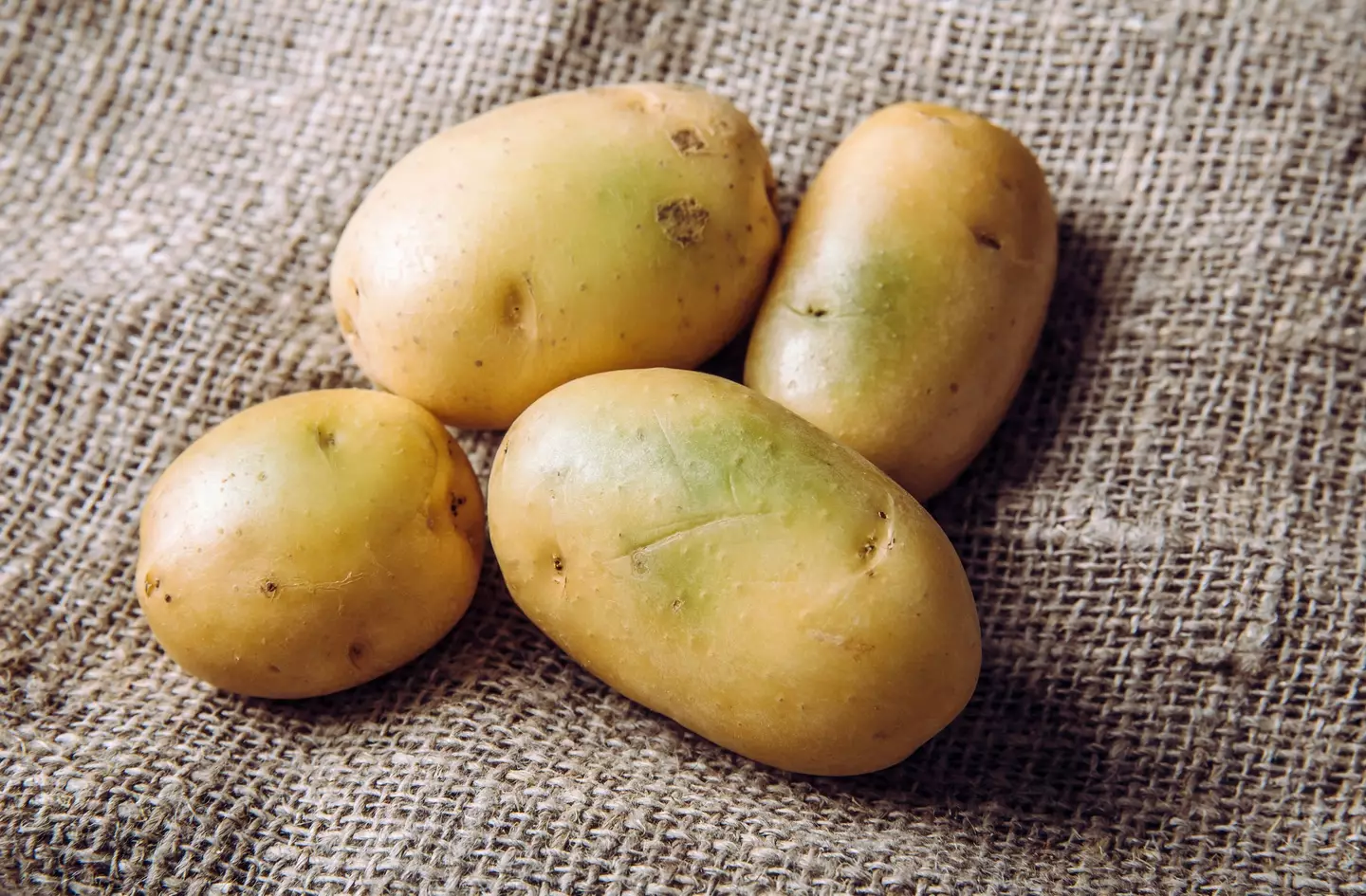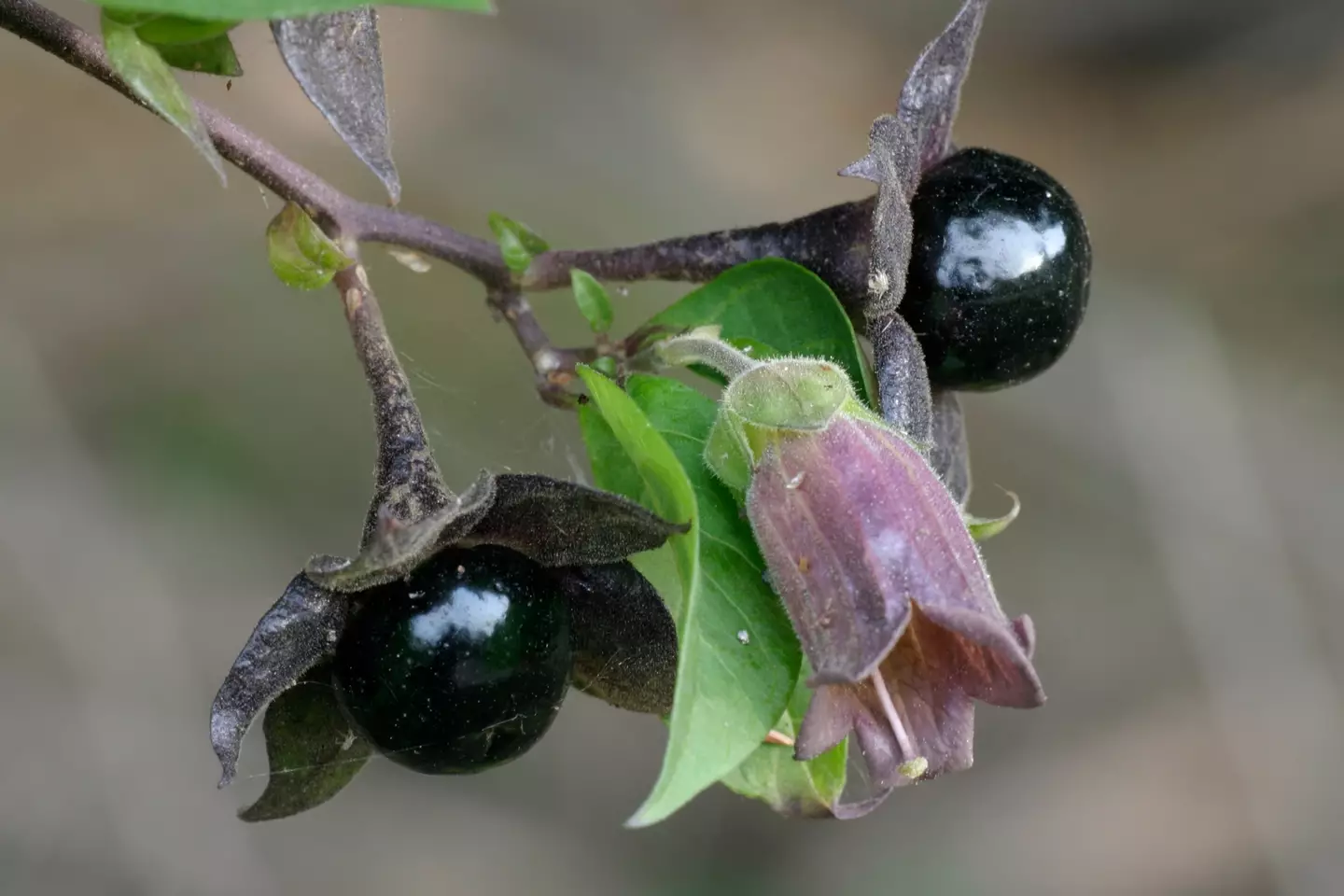
You’ve probably seen the odd green potato in your time, and you’ve also likely had the sage advice to skip out on eating the green ones - but why?
These days, we're often told to try and not take best-before dates too seriously, relying more on our instincts to see if something's not right.
That milk that's just gone out of date? Usually a sniff will confirm if it's still drinkable, while some people will happily eat up that sliced bread right until it shows physical mould.
When it comes to potatoes, it's not always as easy to tell.
Advert

That's because potatoes going green isn’t actually sign of rotting, like the colour might suggest, but is instead a result of their exposure to sunlight. Seeing as they’re little planty dudes, the sunlight triggers chlorophyll production.
Chlorophyll is the green pigment you see in leaves and algae, and it provides the mechanism for plants to draw energy from sunlight via photosynthesis.
Sounds fine, right?
Advert
Well, this type of potato greening is generally harmless, but unfortunately that isn’t where the story ends.
The green pigment can also indicate high levels of solanine, a toxic compound that can give you an upset stomach. Solanine is a glycoalkaloid present in the skin and flesh of potatoes, as well as in parts of the potato plant itself, but this trace amount can grow when the potato is damaged or exposed to sunlight.
While the solanine isn’t green itself, a green potato shows that it’s been exposed to sunlight and therefore suggests high levels of solanine may be present.
Thankfully, you can simply cut away the green parts and that should also remove the areas of high solanine concentration.
Advert
According to Healthline, it’s estimated that a toxic quantity of solanine is around 1mg per kilogram of bodyweight and symptoms of solanine poisoning include: diarrhoea, vomiting, abdominal pain, sweating, and headaches. Symptoms may also be more pronounced in children.
Thankfully, beyond the most extreme cases, solanine poisoning clears up at home without any complications.

The University of Idaho Cooperative Extension Service has said ‘it is important to store potatoes in the absence of light to prevent greening’.
Advert
It continued: “Tubers with a high concentration of solanine will taste bitter, and can be harmful if eaten in large quantities. To be safe, it is best to not eat the green part of tubers.”
Potatoes are famously a member of the deadly nightshade family, with solanine being the main toxin in those nastier family members.
So, there you have it. Best not to eat any suspiciously green potatoes, but there's no need to throw the whole spud away - simply cut around the green parts and you can eat the rest. A cool, dark place is the best spot for storing potatoes to stop them going green at home, so that's worth a thought next time you're unpacking the weekly shop.
